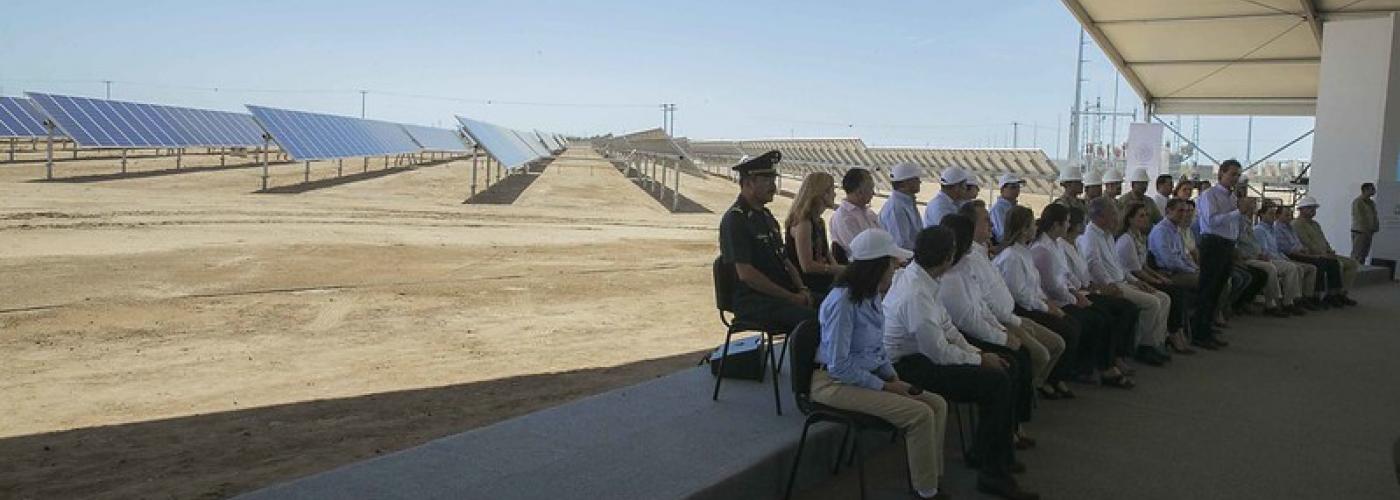Analysis of Renewable Energy Auctions in Six Countries
Image

USAID asked the Climate Economic Analysis for Development, Investment, and Resilience (CEADIR) activity to analyze recent experiences with renewable energy (RE) reverse auctions in El Salvador, Mexico, and Peru. This report focuses on the policy and regulatory environment, characteristics and results of the auctions, and financing of winning bids. USAID also requested shorter summaries of experiences in Brazil, India, and South Africa. This report is based on interviews with investors and representatives of financial institutions and governmental entities in El Salvador, Mexico, and Peru and secondary information sources.
Feed-in-tariffs (FiTs) are long-term contracts for electricity generation that offer premium prices as an incentive for increasing private sector investments. In recent years, there has been a trend away from FiTs to reverse auctions. Reverse auctions stimulate competition for more efficient price discovery. They can reduce costs by broadening private sector participation in RE development and financing.
The Governments of El Salvador, Mexico, and Peru have successfully attracted experienced private sector investors and developers through RE reverse auctions. These three countries have obtained new renewable electricity capacity at lower contracted prices in each succeeding auction as technologies have improved, manufacturing costs have declined due to economies of scale, and experience with these investments in the countries has increased.
Financing sources have varied with the types of winning bidders. Global energy companies have often had access to corporate equity and on-balance sheet corporate debt. Independent Power Producers (IPPs) and domestic RE developers have often relied on project financing capitalized by development finance institutions (DFIs) and national development banks or investment funds. There has been relatively limited involvement by commercial banks due to the 15-20-year loan tenors needed to meet investment return targets for investments in renewable electric power generation. The more stringent Basel III capital and liquidity requirements have also reduced commercial bank interest in utility-scale RE development. However, some commercial banks have structured innovative RE financing, often with development banks or institutional investors. Examples include 1) mini-perm loans with requirements or incentives for refinancing within 5-10 years when net revenues are favorable; 2) warehousing of loans for securitization through long-term project bonds (green bonds) on domestic or global capital markets; and 3) energy investment trusts that can be sold on equity markets, such as Mexico’s Fibra-E.

